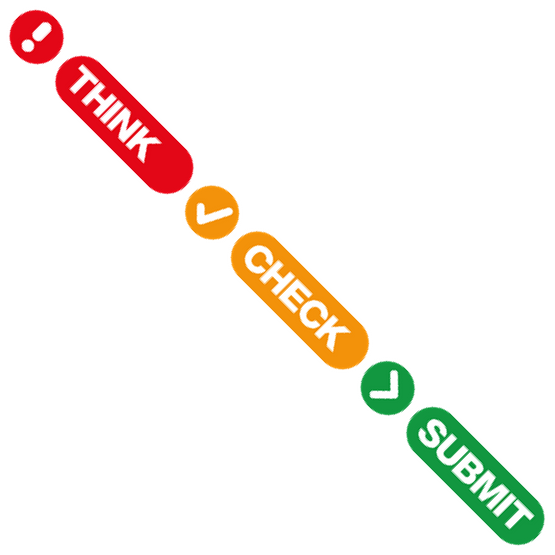Author: Morna H. Conway, PhD on June 06, 2018 
One of the challenges facing researchers today is detecting the right journal for your paper. The explosion of new, online-only journals, mostly Open Access, many with names that are confusingly similar to established journals of good repute, has created a landscape that is difficult to navigate.
The National Institutes of Health published a Notice (NOT-OD-18-11) in November 2017 with the stated purpose: “To protect the credibility of published research, authors are encouraged to publish papers arising from NIH-funded research in reputable journals.” A coalition of professional and scholarly publishers and publishers’ organizations banded together to create a campaign to help researchers identify trusted journals for their research -- Think. Check. Submit. -- to help researchers assess the credentials of a journal or publisher and to avoid the pitfalls of deceptive publishing.
So how do you recognize a reputable journal? Here are some strategies you can use:
- Ask a colleague or mentor if they’ve heard of the journal you’re considering or that has invited you to submit a paper, usually via a poorly written email.
- Go to the journal’s website and look around for clues as to the authenticity of the journal:
- Have you yourself ever read an article in this journal?
- Do you recognize names of the Editor and Editorial Board Members?
- Does the website describe the peer review process?
- Does the journal have published content that appears to be based on research funded by a legitimate funder?
- How many articles has the journal published in the past year?
- Are the Article Processing Charges (APCs) clearly listed in the Instructions for Authors along with the timing for paying these charges?
- Is the journal’s indexing legitimate, e.g., is the journal in PubMed, PubMed Central, Scopus, Web of Science?
- Have you heard of the Publisher? Does the Publisher have a corporate website and a physical mailing address?
- If the journal lists an Impact Factor, is it clear that it is an official Clarivate Analytics’ Impact Factor or an official CiteScore Impact Factor?
Clinical and Translational Science (CTS) is a good example of a highly reputable Open Access journal. Look at its website and navigate around the site to find the Article Publication Charges, as well as the Author Guidelines clearly listed under Journal Resources. Under the “About” tab, look at the Editorial Leadership – a highly respected group of Editors. Look at the Publisher, Wiley – a globally respected scientific publisher. Notice the American Society for Clinical Pharmacology & Therapeutics (ASCPT) logo and links to ASCPT activities. Explore the contents. No doubt about it, CTS checks out! Apply these simple prescriptions – in no time, you’ll be able to distinguish the good from the bad and the ugly.
Image adapted from Think. Check. Submit. and is licensed under CC BY 4.0 ©2018 Think. Check. Submit.

The comment feature is locked by administrator.